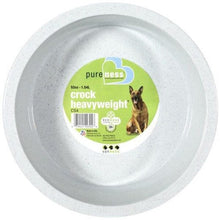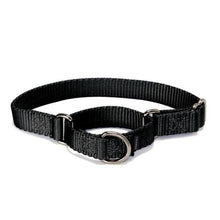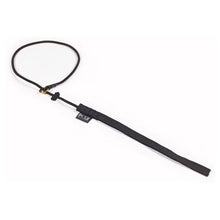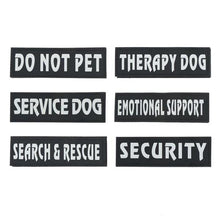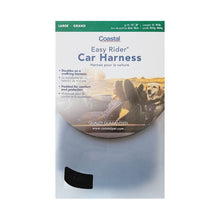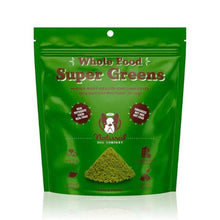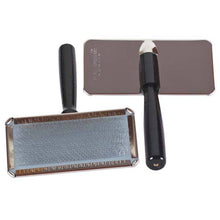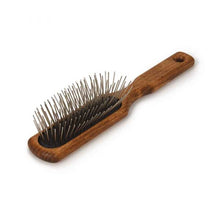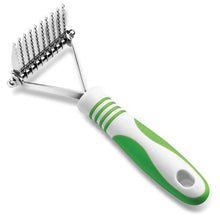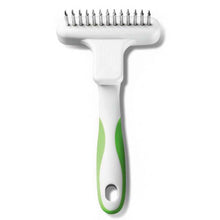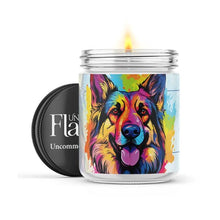Simple Home Remedies for Yeast Infections in German Shepherds

Is your dog red and itchy or suffering from reoccurring yeast infections that never seem to go away? In the case of yeast infections in dogs, prevention of further symptoms is worth a pound of cure-not to mention costly visits to the vet.
Every dog has a normal amount of healthy yeast and bacteria on his body. Candida is a common sugar digesting yeast and is present in your dog’s nose, mouth, gastrointestinal and genital tract. But when his bodies PH is out of balance and his immune system is compromised yeast overgrowth occurs and will cause a yeast infection.
Keeping your dog’s immune system in balance will control yeast infections. If your dog’s immune system is underactive or overactive, as in allergy dogs, it’s not able to respond to infections or allergies by keeping his system in balance
Another common cause of yeast infections is diet. Dog foods made with grains and sugars can lead to a yeast overgrowth in your dog’s digestive tract, and result in yeast overgrowth. In order to control yeast overgrowth eliminating sugars and grains and feeding a low-glycemic diet is the best way to manage it.
When your dog goes to your vet with a yeast infection, he is typically treated with antibiotics and/or steroids that relieve his symptoms. The problem with this is, steroids shut down your dog’s immune response and antibiotics kill the infection, while at the same time wiping out all the beneficial bacteria in your dog’s body. This leaves him vulnerable to repeated infections, especially when his immune system is already compromised, so treating him with products that will give him the nutritional support he needs is essential to clearing up chronic problems.
Nutritional Support:
- Acidophilus: The “good bacteria” in probiotics help to balance your dog’s gastrointestinal tract, and eliminate the overgrowth of candida. Small dogs benefit from 2 tablespoons to ¼ cup daily while larger breeds may need ¼ to ½ cup daily to obtain results. Since Acidophilus comes in capsule, pill and powder form, follow dosage recommendations on the package.
- Epsom Salt: If you suspect that your dog is developing a yeast infection, Epson Salt can eliminate it before it starts. Use 1/16 teaspoon of Epsom Salt to 1 liter of your dog’s drinking water for 2 to 3 days.
- Tumeric: This anti-inflammatory and anti-fungal herb can be sprinkled onto your dog’s skin to calm and heal it, or can be added to yogurt and ingested. Oral dosage of Tumeric is 15-20 mg per pound of body weight.
- Apple Cider Vinegar: Add two tablespoons of apple cider vinegar to your dog’s water bowl, each time the water is refreshed. If your dog avoids his water with vinegar added, put it in his food instead.
- Yogurt: Adding plain yogurt to your dog’s food will add “good bacteria” to his gastrointestinal tract and help balance his PH level.
- Vitamin C: Crush and add chewable vitamin C to your dog’s food. Dose according to your dog’s weight.
- Low glycemeic, low carb diet.
Disinfecting your Dog:
When your dog suffers from a yeast infection, it’s important to not only treat the local area, but to clean the old yeast off of his body. Disinfecting your pet is important and will keep him healthier in the future.
- Ears: Disinfecting your dog’s ears daily, keeps them clean of dirt, wax, yeast and bacterial infections. If they are clean and dry with no odor don’t clean them for a day or two. Dog ear cleaner with a drying agent, or witch hazel with cotton balls is best.
- Feet: Yeast loves dog foot pads, so you’ll need to dip your dog’s feet in a solution of 1 cup of hydrogen peroxide, ¼ cup of white vinegar to 1 gallon of water. Pat your dog’s feet dry after dipping. Dipping can be done daily and repeated as often as necessary.
- Body: If your dog has yeast patches on his skin, disinfect his body with anti-fungal shampoo daily, or as often as necessary. Be sure not to use a shampoo with oatmeal as grains feed yeast.
- Anti-Fungal Body Rinse: Make an anti-fungal rinse using one gallon of water to one cup of white vinegar. Keeping rinse away from your dog’s eyes and nose, pour rinse over your dog’s body and rub it into his coat and body parts 1-3 times a week. Don’t rinse just towel dry.





